The terms “yam” and “sweet potato” are often used interchangeably, leading to confusion about their origins and culinary applications. While they share some similarities in appearance and usage, these two root vegetables are botanically distinct and exhibit unique characteristics that set them apart.
A Case of Mistaken Identity
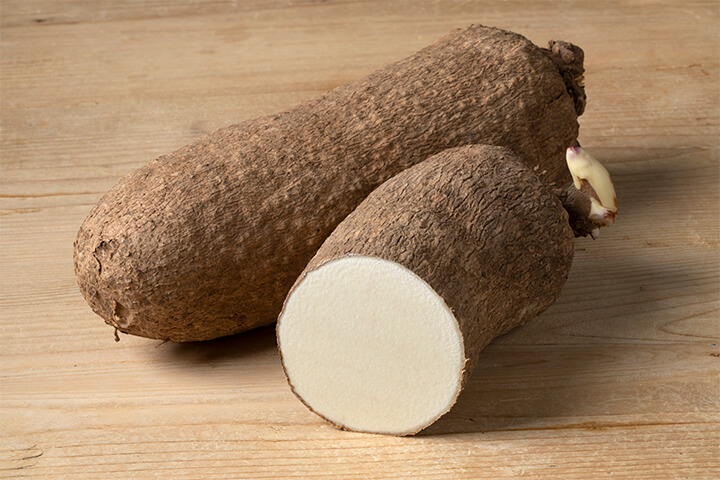
In the United States, the terms “yam” and “sweet potato” are used interchangeably, partially because they are both starchy root vegetables that are similar in appearance. This confusion also has historical ties that date back to the transatlantic slave trade as well as a marketing campaign for the trade group Louisiana Sweet Potatoes. However, there are important differences between the two vegetables. For instance, yams are native to Africa and Asia, while sweet potatoes are native to the Americas. True yams are less prevalent in Western markets.
Botanical Origins: A Tale of Two Families
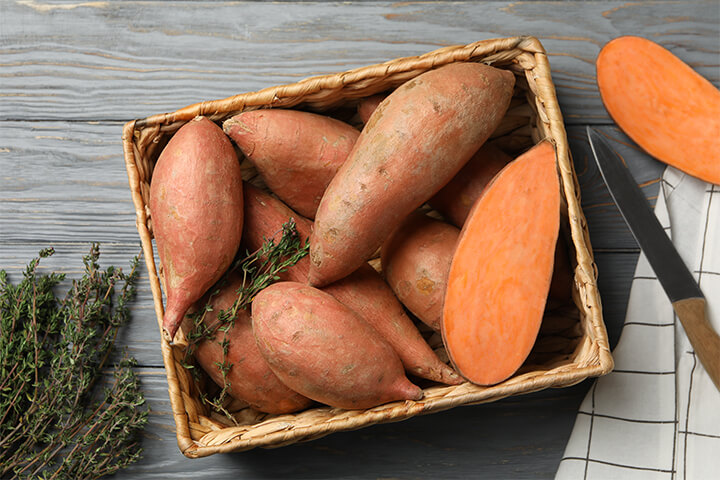
Sweet potatoes are dicotyledonous plants related to bindweed and morning glory. Their skin color ranges from beige to orange to purple, and their flesh can be white, orange, or purple, typically sweet and moist. Sweet potatoes are a good source of beta-carotene (a precursor to vitamin A), vitamin C, and fiber.
Yams, on the other hand, belong to the Dioscoreaceae family and are monocotyledonous plants more closely related to lilies and grasses. They have rough, scaly, and starchy skin that is often brown or pink, and is often compared to tree bark. Their flesh ranges from a starchy and dry white, to a purple, or reddish color, depending on the variety. Comparatively, yams are generally lower in beta-carotene compared to sweet potatoes and contain more starch.
Culinary Applications and Flavor Profiles
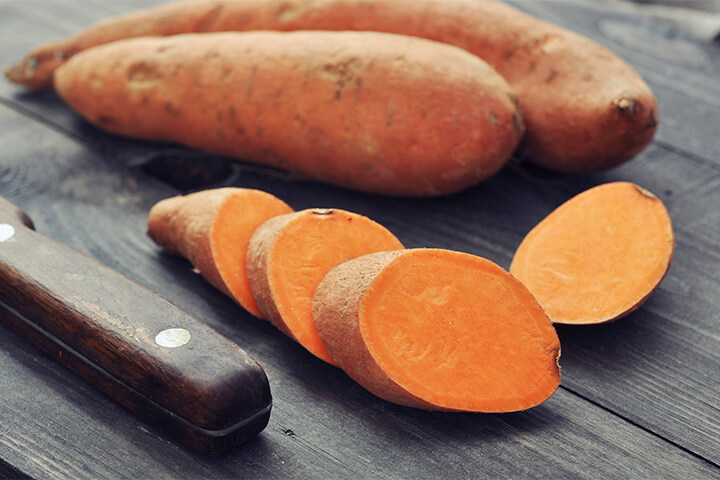
As a result of their different textures, flavors, and nutritional properties, sweet potatoes and yams are prepared differently.
Sweet potatoes have a naturally sweet flavor, especially when cooked, due to the presence of sugars, including sucrose, glucose, and fructose. Their flavor ranges from mildly sweet to very sweet, depending on the variety. Sweet potatoes can be baked, roasted, boiled, mashed, or fried, which enhances their natural sweetness and caramelizes their exterior.
Similarly, yams are peeled and can be boiled, roasted, fried, or baked, mashed or cut into chunks after cooking. Different from sweet potatoes, yams have a starchy and sometimes dry texture. Their flavor is often described as nutty or earthy, with a more neutral taste compared to their orange-colored friends.
Regional Culinary Uses and Unique Properties
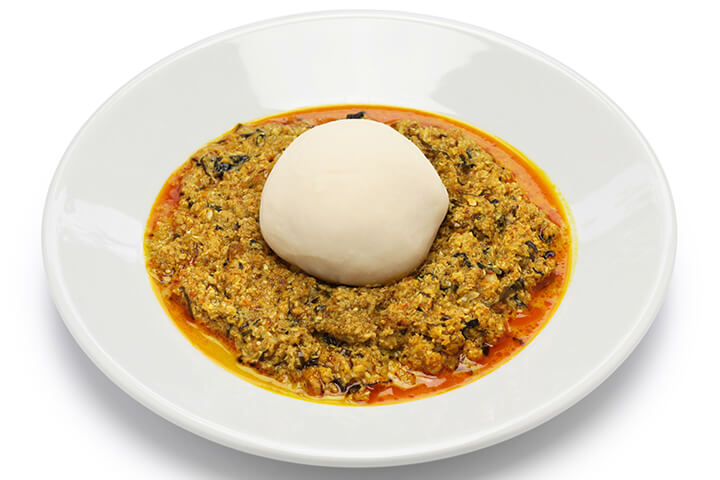
To see their culinary differences in action, just look to regions that regularly include both sweet potatoes and true yams in their cuisine.
Africa
For instance, in Nigeria, yams are a staple food and are often prepared in dishes like asaro or “yam porridge“, a one-pot dish where yams are cooked with ingredients such as peppers, tomatoes, onions, and sometimes leafy vegetables or fish. Sweet potatoes are included in stews, as a side dish, as in the popular snack, puff puff. One variation of puff puff includes incorporating mashed sweet potatoes and spinach into batter before frying to perfection.
Ghanaian cuisine is another great example. Yams are a major crop and are featured in dishes like fufu or “pounded yam” (a starchy side dish), a staple in many Ghanaian meals. Yam fufu is made by boiling yams and then pounding them into a smooth, stretchy consistency. It is often served with light soup, which can include fish, meat, or vegetables. On the other hand, you’ll find sweet potatoes in soups, pies, and roasted as a side dish.
The Caribbean
Yams are a common and versatile ingredient in Jamaican cuisine. For example, in Jamaican pepper pot soup, yams are added to provide an essential starchy component for well-rounded flavor. Sweet potatoes, however, are featured in desserts, snacks, side dishes, or savory dishes that benefit from a touch of sweetness, such as curry.
East Asia
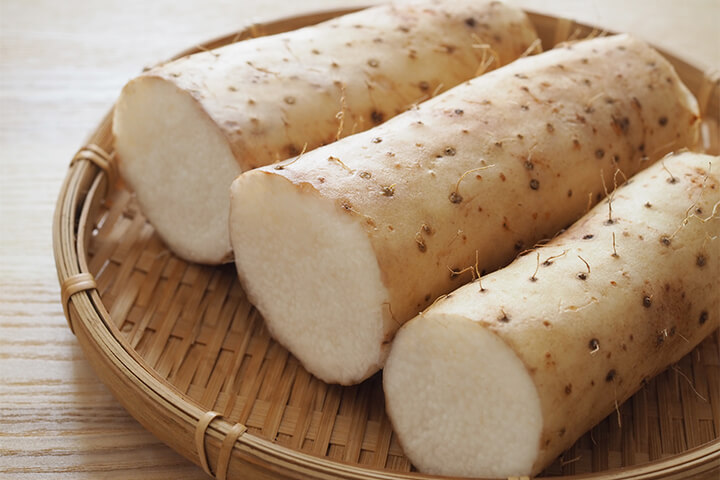
In Japan, sweet potatoes, known as “satsumaimo,” are widely consumed, for example, in desserts like sweet potato mochi or as a part of a tempura platter. Mountain yams (nagaimo) have a starchy and mucilaginous texture when grated and are found in dishes like tororo soba, where the grated yam is added to cold soba noodles.
Low-Calorie Noodles & Jellies from Yams
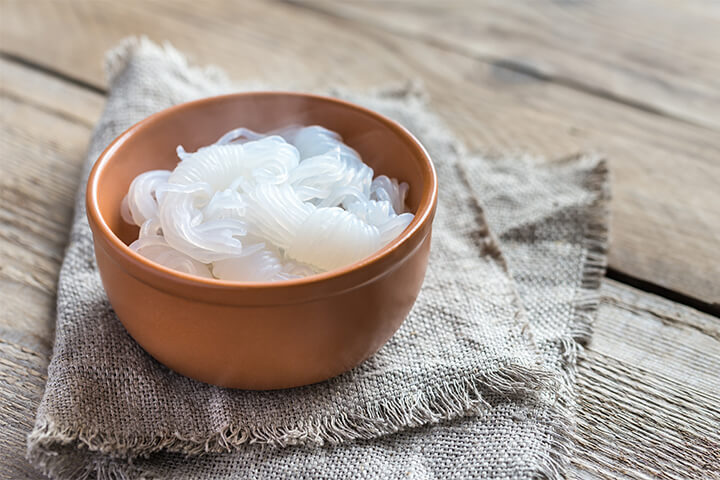
Shirataki noodles (also commonly called konjac noodles), and konjac jellies are made from the konjac yam (Amorphophallus konjac). Being that they are extremely low in calories and carbohydrates, they serve as a popular diet food in East Asia. These noodles are composed mostly of water and glucomannan, a soluble fiber, and have a neutral flavor. While we can’t promise they deliver on taste, their high-fiber content does promote a “full” feeling.
Digging Deeper
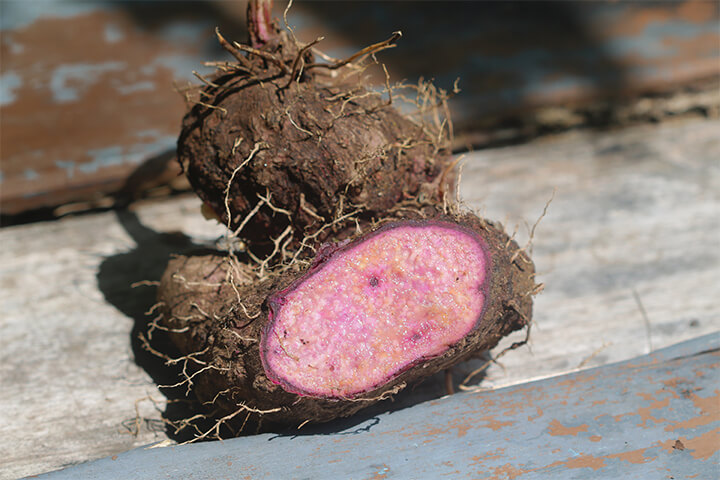
While sweet potatoes and yams share some similarities in appearance and culinary applications, they are distinct botanical entities with unique characteristics that shape their flavor, texture, and nutritional profiles. Understanding these differences allows for a more informed appreciation of each vegetable and its role in culinary traditions around the world.

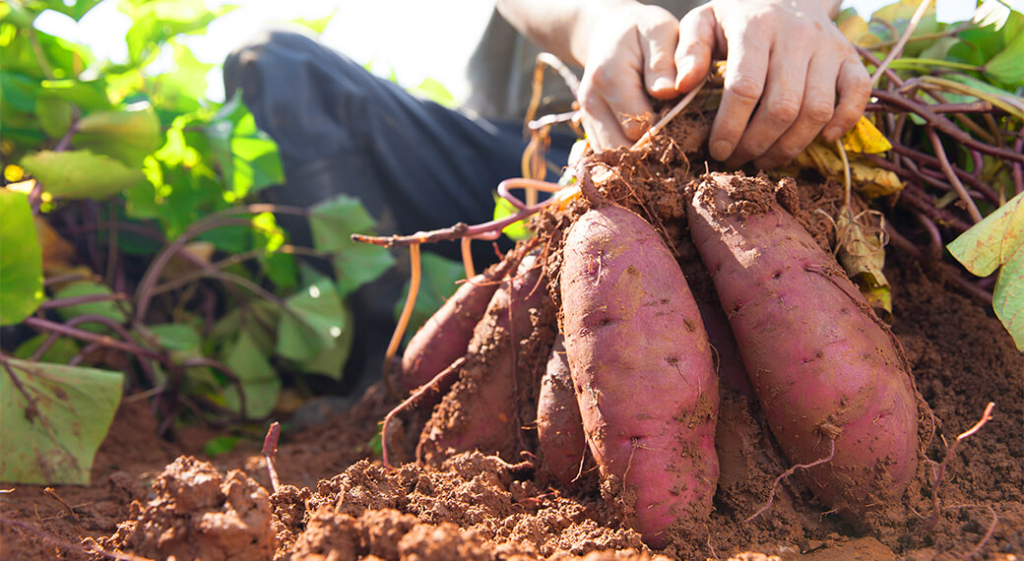


I love you so much JESUS CHRIST.
Great post. Looking forward to reading more. Thanks for taking the time to write this.